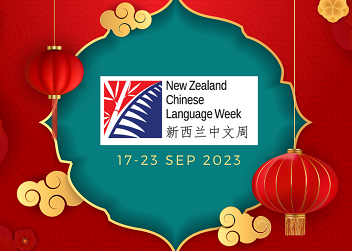From vegetable shops to supermarkets, from import merchants to restaurants, and from miners to associations, Wellington’s Chinese history provides a unique perspective of the capital’s past.
Chinese Green Grocers
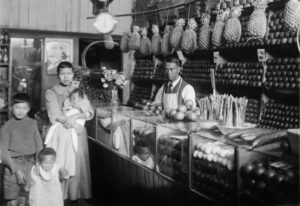
The first Chinese arrived in New Zealand during the 1860s to work on the gold fields. From late 1800s these migrants moved to other occupations such as market gardeners, labourers, launderers and shopkeepers. They became renowned as horticulturists because of their gardening skills which they combined with an expert knowledge of the lunar calendar. The first Chinese market garden was established in 1866 with vegetables being auctioned off to retailers or sold through roadside stalls.
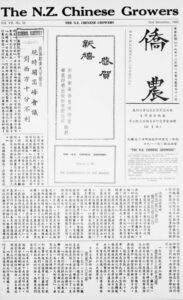
By 1940, Chinese growers produced over 70% percent of the country’s commercially grown vegetables and were major suppliers of fresh produce to troops during the Second World War. Ongoing success led to the Dominion Federation of New Zealand Chinese Commercial Growers being established in Wellington in 1941 and soon after Dan Chan established The NZ Chinese Growers journal for the Federation. Originally a hand-calligraphed newsletter, in 1949 he switched to using a fully-fledged hand-set lead type set of over 7500 characters. The now-heritage Chinese typeface collection was later gifted by his family to the Wai-te-ata Press based at Victoria University who also established a Chinese Scholars Studio to house the type and created a residency in his name.
Chinese Associations
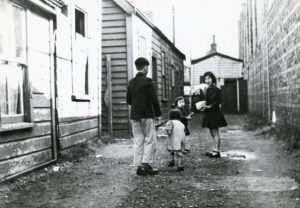
Wellington’s Chinese migrants first settled around the Haining Street, Fredrick Street and Sage’s Lane area which was unofficially became known as ‘China Town’. The Tung Jung Association (1926-), Chinese Anglican Mission Hall (1880-) and Poon Fah Association (1870-) were all established in Frederick Street. The related Seyip Association began in 1929 but wasn’t formally incorporated until 1949. These associations were active in lobbying for the repeal of the poll tax on Chinese migrants which had been introduced in 1881 and finally dropped in 1944.
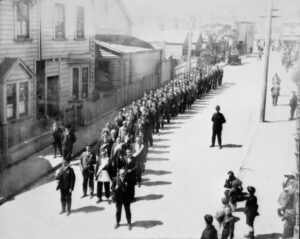
A Chinese Masonic Lodge called Chee Kung Tong was established in 1925 and opened with a gala banquet attended by the mayor, Sir Charles Norwood, the Anglican archdeacon, Allan Johnson and former cabinet minister, George Russell. The nature of the event and its acceptance by the establishment was hugely significant to the Chinese community. In 1934 these various associations formed an ‘umbrella’ organisation; the New Zealand China Association (NZCA) which was later active in providing relief to China during the Second Sino-Japan war. Soon after the New Zealand China Friendship Society (NZCFS) was formed and they were later active in helping to rebuild the relationship between the two countries during the Cold War period.
Our local Chinese Mayor
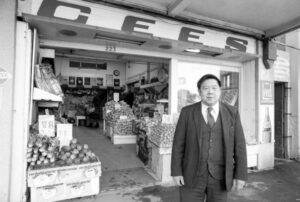
George Gee was the first elected Chinese mayor in New Zealand. He was first elected to the Petone Borough Council in 1965 and three years later won the mayoralty, holding the position until his retirement in 1980. A popular mayor who also represented Petone on the Wellington Harbour Board, George Gee Drive in Korokoro was later named in his honour. Another notable local-body politician was Mollie Ngan Kee (1925-2013). She was a Lower Hutt City Councillor from 1973 to 1983, was appointed Deputy Mayor for her final term and was the first Chinese woman in New Zealand to become a Justice of the Peace.
Chinese Restaurants in Wellington
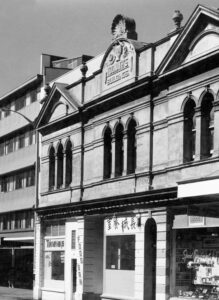
Dick Lee & Co’s Roast Shop was a notable early restaurant which was located on the corner of Tory and Jessie streets in Te Aro which operated from the early 1900s through to the 1970s. Chung Chun Ying ran a family business importing fancy goods & Chinese medicines and was renowned for his skills in cooking Cantonese food. His hand-ground herbs & spices were used in traditional recipes and he became known as the Roast Duck Master. His shop became a popular gathering spot for older Chinese to chat over a game of mahjong while enjoying a nourishing bowl of soup. The Shanghai Restaurant opened in the 1949 by Ng Soon Wah and passed on through various family members until today. It was a popular meeting place, famous for its Ching dynasty decoration and extensive menus of both Chinese and western dishes.
We hope you’ve enjoyed this brief look at Wellington’s historic Chinese community – if you would like to learn more, come along to our event below!
Event: Wellington’s Local Chinese History
Discover the history of Wellington’s local Chinese community! The long-standing chair and club historian of the Tung Jung Association, Gordon Wu QSM, will take us through the history of Wellington’s Chinese community, drawing from pictures and real-life stories from his own family history: the early Chinese settlers who worked on the goldfields, the SS Ventnor shipwreck in Hokianga, how family of the miners were finally allowed to arrive in New Zealand, and the vegetable growers.
- Time: 5:10pm – 5:50pm on Thursday 21 September
- Location: Te Awe library
- Language: Session will be delivered in English and subtitled in Chinese Mandarin and Cantonese
For further information see:
A taste of history – Dick Lee & Co. at Wellington Museum – Museums Wellington
Celebrating Chinese in Hutt Valley – Heritage at Hutt City Libraries


